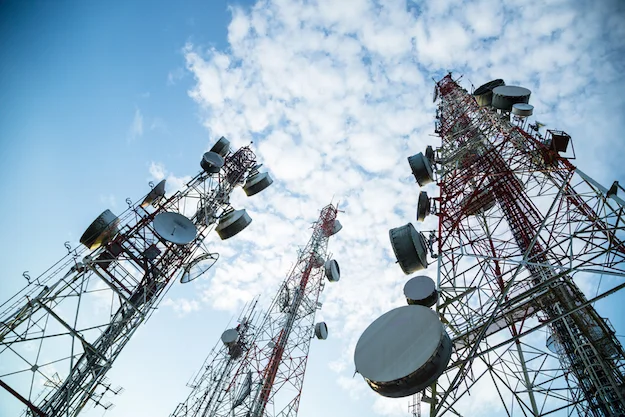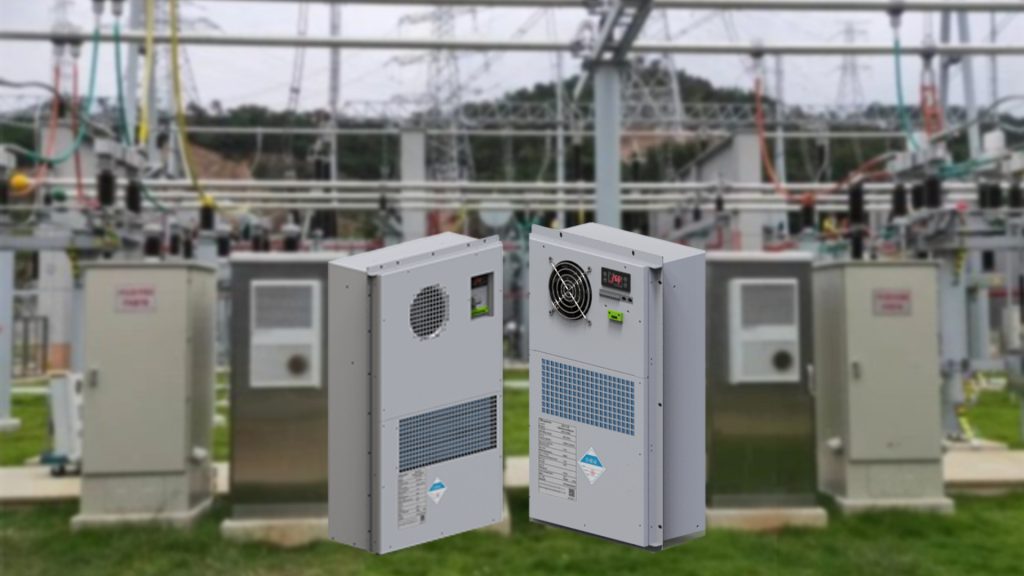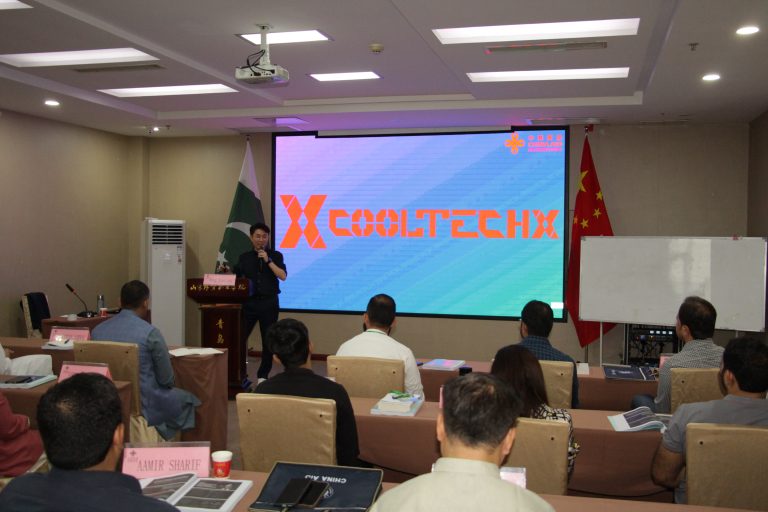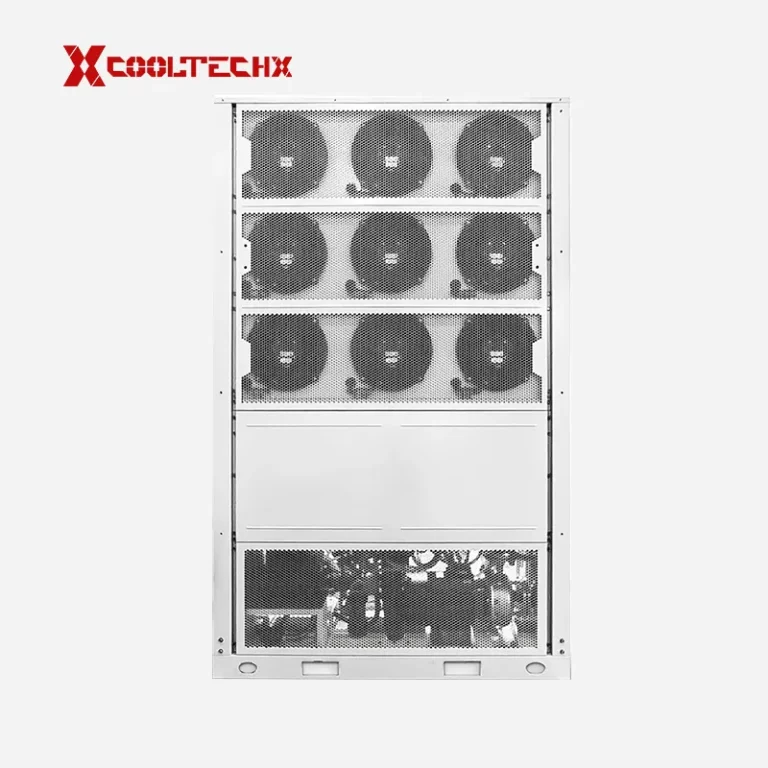
Reliable Thermal Management Is Not Optional—It’s Mission-Critical
Modern telecommunications infrastructure operates 24/7, often in remote or extreme environments. From base transceiver stations in deserts to 5G edge cabinets on rooftops, maintaining optimal temperatures is crucial to equipment performance, uptime, and service continuity.
This is where air conditioners for telecom enclosures come in—providing precise, efficient climate control in telecom equipment rooms and outdoor cabinets. Yet not all cooling systems are created equal. Whether you’re an engineer designing a site or a project manager sourcing equipment, here are five essential facts you need to know.
Fact 1: Why Temperature Control is Critical for Telecom Cabinets
Telecom systems house a variety of sensitive electronics—power converters, baseband units, routers, batteries, and rectifiers. These components are highly susceptible to heat-related degradation.
-
Ideal operating temperature for telecom electronics typically ranges from 15°C to 30°C (59°F–86°F).
-
Without proper thermal management, internal temperatures can rise above 55°C, leading to:
-
Component failure
-
System downtime
-
Accelerated aging of lithium-ion backup batteries
-
Loss of signal transmission stability
-
Over 30% of equipment failures in telecom sites are directly attributed to poor cooling or thermal imbalance.
That’s why cooling systems for telecom shelters are not just accessories—they’re an essential layer of system protection.
Fact 2: How Outdoor Conditions Affect Equipment Performance
Outdoor telecom cabinets often operate in punishing environments: extreme heat, humidity, sandstorms, and rainfall.
Key environmental challenges include:
-
Ambient temperatures exceeding 50°C in regions like the Middle East or South Asia
-
High dust and particulate matter entering through vents or fan systems
-
Moisture and condensation leading to corrosion and electrical shorts
To handle these, outdoor telecom cabinet air conditioners must be engineered with:
-
IP55+ protection ratings against dust and water
-
Corrosion-resistant metal housing
-
Sealed loop cooling systems to prevent outdoor air infiltration
-
EMC-compliant designs to prevent signal interference
The right outdoor cooling unit ensures reliable operation under extreme climatic stress—a must for remote and unattended telecom sites.
Fact 3: Types of Cooling Solutions Available (Air vs. Liquid)
Cooling strategies for telecom enclosures typically fall into two categories: air cooling and liquid cooling.
Air Conditioners for Telecom Enclosures
These are the most common and cost-effective. Using direct expansion (DX) or split-type units, they circulate conditioned air inside sealed cabinets to maintain consistent internal temperatures.
Advantages:
-
Easy to install and maintain
-
Energy-efficient with full inverter systems
-
Compatible with compact and modular cabinet designs
-
Available in capacities from 300W to 5000W (≈1000–17000 BTU/hr)
Common refrigerants:
-
R134a for reliability and global availability
-
R410a for higher energy efficiency and better thermal performance
Liquid Cooling (Less Common in Telecom)
Used in data-heavy environments or battery-dense enclosures, liquid cooling offers higher heat removal capacity. However, it’s complex and more expensive, making it less suitable for standard telecom shelters.
For most applications, air conditioners for telecom enclosures remain the most practical and widely adopted solution.
Fact 4: Choosing the Right Cooling Capacity for Your Cabinet
One of the most frequent causes of cooling failure is undersizing the air conditioner. Proper thermal load assessment is crucial.
Key sizing considerations:
-
Internal heat load from telecom equipment (measured in watts or BTU/hr)
-
Ambient temperature range at the installation site
-
Cabinet insulation and material
-
Desired internal temperature setpoint
-
Sunlight exposure and wind flow
For example, a 1.2kW heat load in a cabinet located in the UAE may require a 1500W outdoor telecom cabinet air conditioner, especially if sun exposure is high.
Also, selecting a unit with adjustable setpoints, alarm output, and remote monitoring capability helps technicians proactively manage system health and energy use.
Fact 5: Energy Efficiency and Smart Control Features
As telecom networks expand—especially with 5G—operators face mounting energy bills and sustainability targets. Cooling systems contribute significantly to OPEX.
Modern air conditioners for telecom enclosures now integrate features to improve both performance and energy efficiency:
-
Full inverter compressors and EC fans: Adjust speed based on real-time thermal load, reducing energy waste
-
Smart controllers with RS485 or Modbus: Allow remote diagnostics and control
-
Anti-corrosion coatings and self-cleaning condensers: Prolong unit lifespan in coastal or dusty environments
-
Night mode or free cooling options: Use ambient air during cooler nighttime hours
These innovations can cut cooling-related energy use by up to 30%, improving site ROI while supporting sustainability goals.

Conclusion: Build Reliable Networks with Better Cooling
Whether it’s for a 5G micro base station or a long-range transmission shelter, effective thermal management for electrical enclosures is essential for uptime, equipment longevity, and operational safety.
At Cooltechx, we specialize in air conditioners for telecom enclosures, offering rugged, energy-efficient systems built for real-world telecom challenges—from desert heat to coastal corrosion.
? Let our experts help you design the right solution.
? Contact us for a custom cooling plan for your telecom network.




